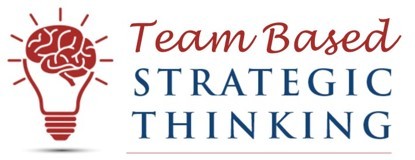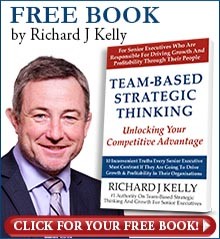The Enemy Within Part 2:
Are Psychosocial Hazards
the New Asbestos?
In Australia, as an outcome of the Borland report, most states have now legislated that psychosocial risks have the same status as physical risks with the associated enforcement and repercussions. Psychosocial health is defined as a state of mental, emotional, social and spiritual well-being. Psychosocial hazards are aspects of work that give rise to negative impacts on a worker’s psychosocial health. They can include, but are not limited to, things like job stress, interpersonal conflict, bullying, and violence. In the fast-paced and demanding world of business, executives are often well-versed in identifying physical risks and occupational hazards. However, there is a less tangible, yet equally detrimental, threat lurking beneath the surface: psychosocial hazards.
How is this different from Psychological Safety?
Psychological safety refers to the culture in a group where individuals feel safe to take risks, voice their opinions, and be their authentic selves without fear of negative consequences. Psychological safety cultivates an atmosphere that encourages innovation, creativity, and open communication. It is the foundation that enables individuals to express ideas freely, collaborate effectively, and learn from mistakes without the fear of judgment or retribution.
In contrast psychosocial health refers specifically to the individual and their response to the work environment. Thus, psychosocial hazards, are the potential threats to an employee’s overall well-being and organizational health. These hazards encompass a range of factors, such as excessive workload, interpersonal conflicts, or inadequate support systems, that can negatively impact the psychological and social aspects of work.
Whilst creating a psychologically safe workplace will have a huge impact on improving the psychosocial health of employees, for many organisations, this could be “too little, too late”. Mentally unhealthy workplaces are estimated to cost $39 billion dollars each year in lost participation and productivity according to a 2020 Productivity Commission report. Is this the new Asbestos of the Australian workplace?
How can Human Resource Professionals Mitigate Psychosocial Hazards?
Human resource professionals may encounter several barriers when attempting to mitigate psychosocial hazards in the workplace. These barriers can vary depending on the organization, its culture, and the specific context. Here are five common challenges HR professionals may face:
- Resistance from Management: One significant barrier can be resistance from top-level management or executives who may prioritize productivity and financial outcomes over employee well-being. In such cases, HR professionals may face challenges in gaining support and resources to implement changes that address psychosocial hazards effectively.
Example: HR professionals propose a flexible work arrangement policy to promote work-life balance, but management express concerns about potential disruptions to productivity and client expectations.
- Lack of Awareness or Understanding: Some organizations may have limited awareness or understanding of psychosocial hazards and their impact on employee well-being and organizational performance. This lack of knowledge can make it challenging for HR professionals to gain buy-in and support for their initiatives.
Example: HR professionals aim to address workplace stress by implementing stress management programs, but there is limited understanding among leadership about the negative consequences of unmanaged stress on employee health and productivity.
- Resistance to Change: Change, even when beneficial, can be met with resistance from employees who are comfortable with existing practices or fear the unknown. HR professionals may face resistance when trying to introduce new policies or programs aimed at mitigating psychosocial hazards.
Example: HR professionals propose a conflict resolution training program to address interpersonal conflicts in the workplace, but employees are resistant to participate, viewing it as unnecessary or intrusive.
- Lack of Resources: Limited resources, including budgetary constraints and time constraints, can hinder the implementation of comprehensive initiatives to address psychosocial hazards. HR professionals may struggle to secure funding for necessary resources, such as training programs, mental health support services, or technology platforms.
Example: HR professionals recognize the need for mental health resources, but there is limited budget allocation for counselling services or employee assistance programs.
- Organizational Culture and Resistance to Vulnerability: In organizations where there is a lack of psychological safety or a culture that discourages openness and vulnerability, employees may be reluctant to disclose their struggles or seek support. HR professionals may find it challenging to break down these cultural barriers and create an environment where employees feel safe to share their concerns.
Example: HR professionals aim to establish anonymous reporting channels for workplace bullying or harassment, but employees fear retaliation or being labelled as complainers if they come forward.
Navigating these barriers requires persistence, effective communication, and strong advocacy skills on the part of HR professionals. Overcoming these challenges often involves building a compelling business case for change, fostering open dialogue, and engaging stakeholders at all levels of the organization to create a shared understanding of the importance of addressing psychosocial hazards in the workplace.
To help accelerate the identification and elimination of psychosocial hazards from the workplace we have partnered with Advantexe Learning Solutions to bring their award-winning Psychological Safety Simulation to the Australian and South East Asian Market. To register for the upcoming webinar or to find out more please click here.
Written with the assistance of Chat GPT and Bard



